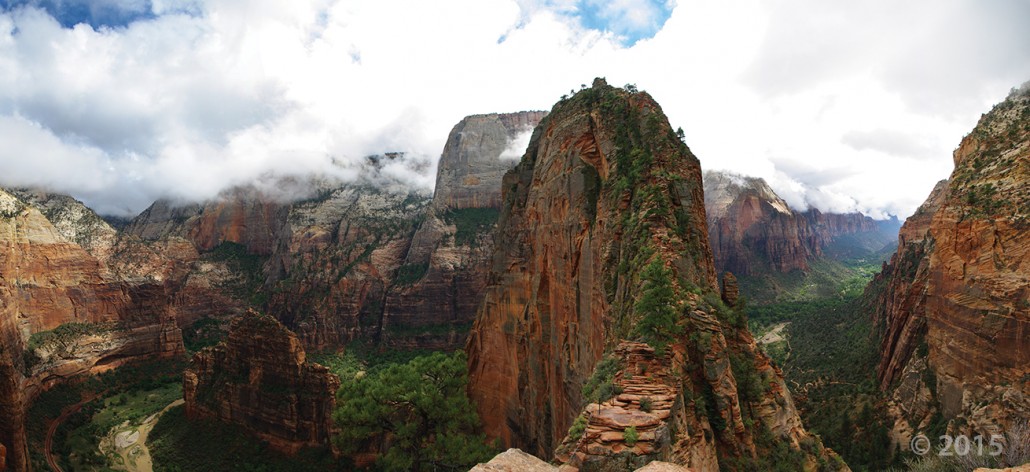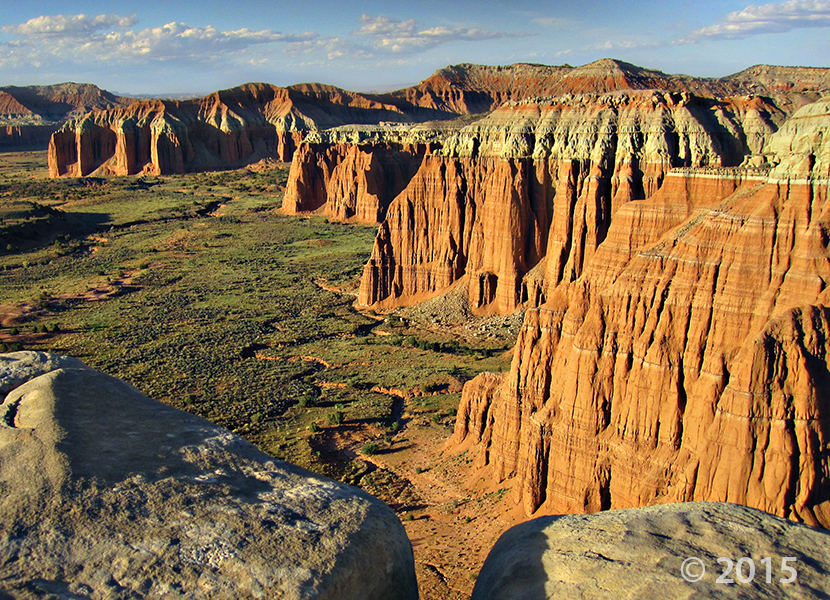The world’s smallest geologist—the butterfly! Just kidding, this little guy is more like scientific evidence, but this new species is offering some new clues to Alaska’s geological history.
ksl.com
A new species of butterfly could provide clues about Alaska’s geological history and its changing climate, according to a University of Florida researcher.










